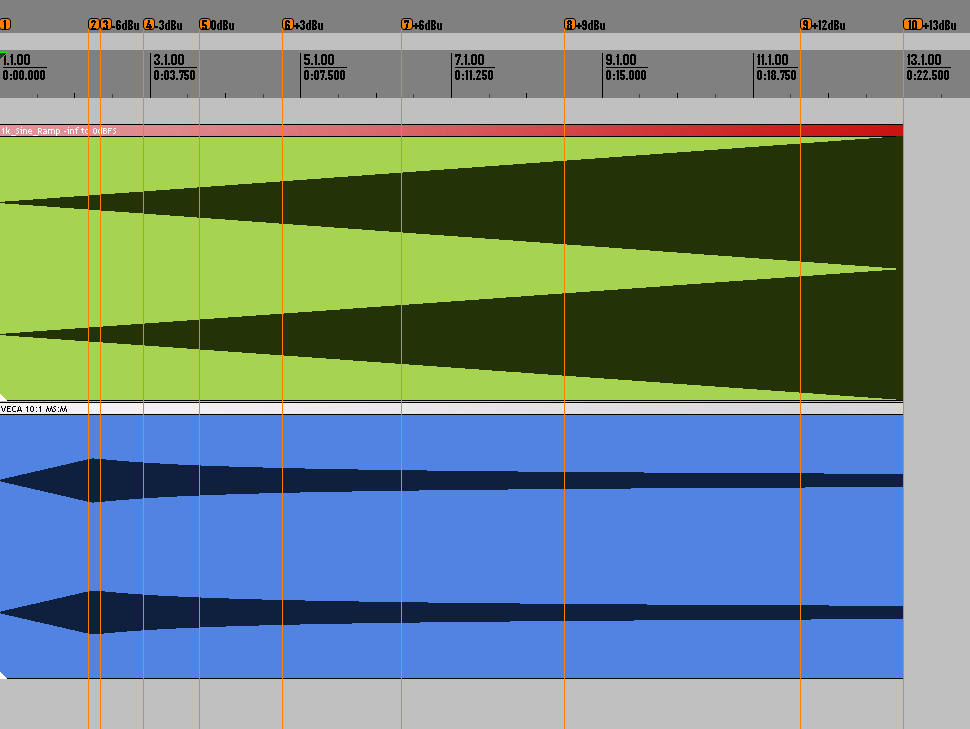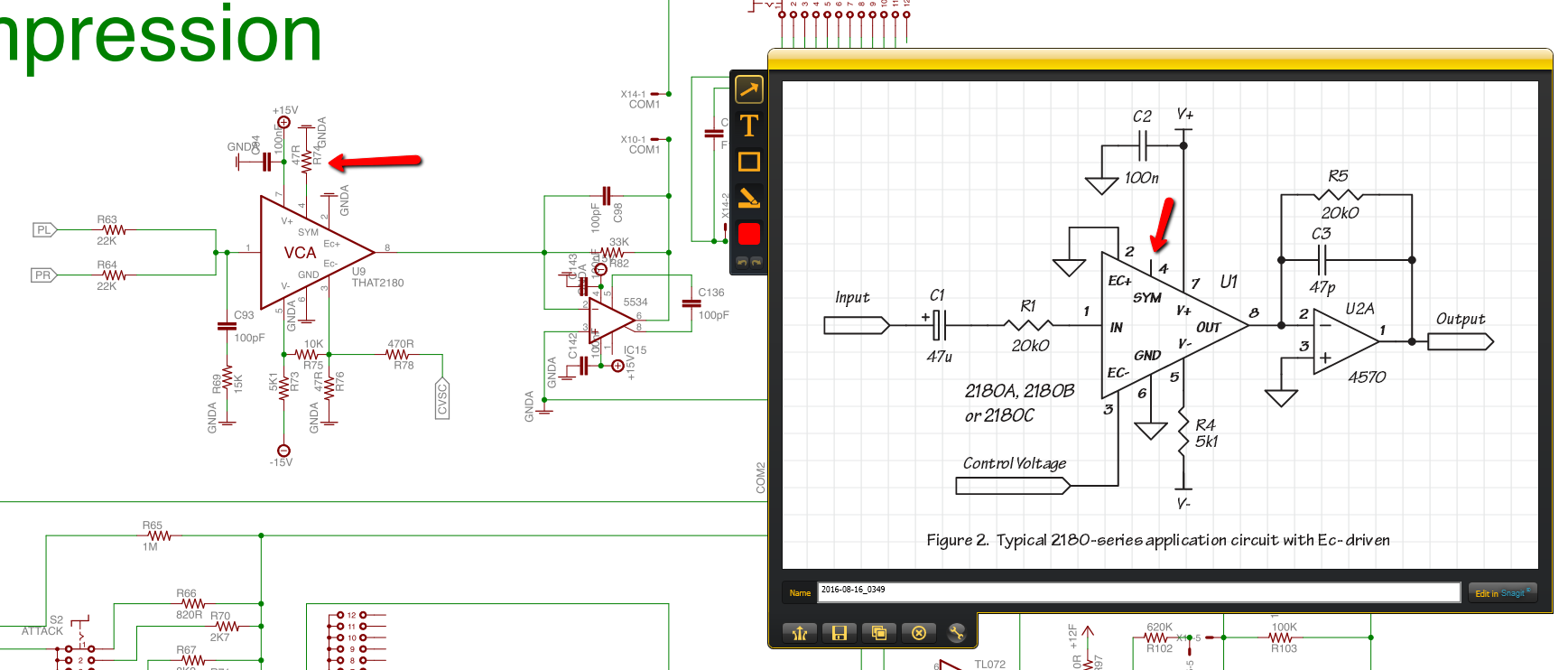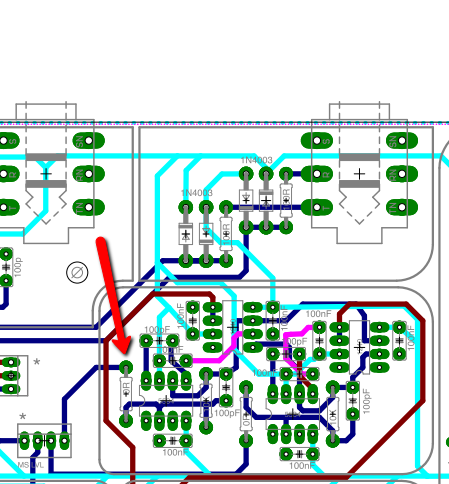after a few months of troubleshooting i still cant figure out why my VECAs doing negative compression. its noticeable at 10:1 (and 4:1 too) the most.
i changed the resistors that Gustav noted in his Errata (33k to 16.5k), changed the 1k CV resistors (900R - 1k24) , changed the 120k SC resistor.. still no good.
if i change the 120k to 200k the problem goes away, but the whole unit works/grabs differently.
i use 2180B (x3) for the VCAs and THAT1646 / 1206 for the i/o.
any other ideas what i should check, please? (besides the solder joints, cable contacts and the proper components at their places)
many thanks
i changed the resistors that Gustav noted in his Errata (33k to 16.5k), changed the 1k CV resistors (900R - 1k24) , changed the 120k SC resistor.. still no good.
if i change the 120k to 200k the problem goes away, but the whole unit works/grabs differently.
i use 2180B (x3) for the VCAs and THAT1646 / 1206 for the i/o.
any other ideas what i should check, please? (besides the solder joints, cable contacts and the proper components at their places)
many thanks





